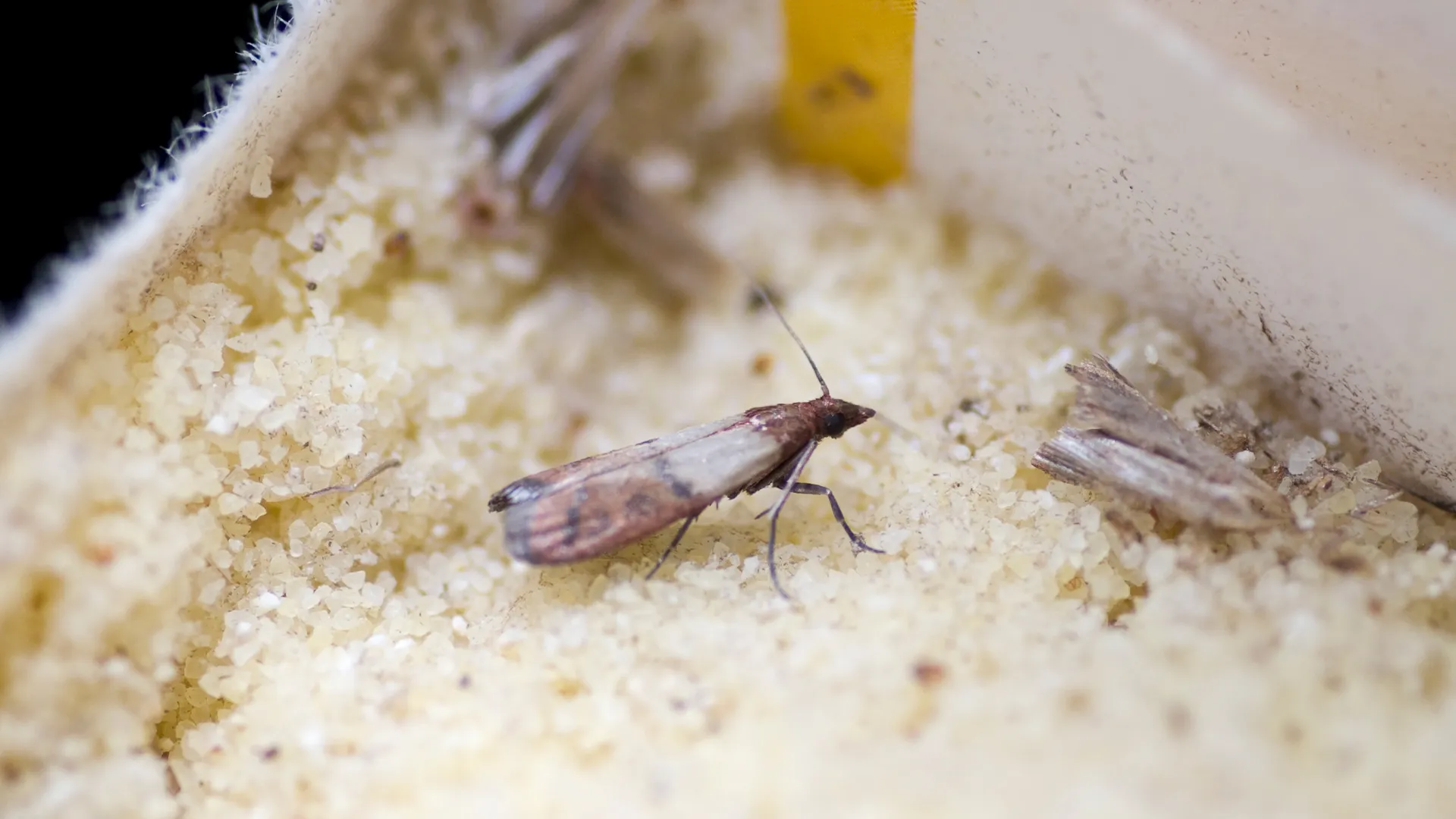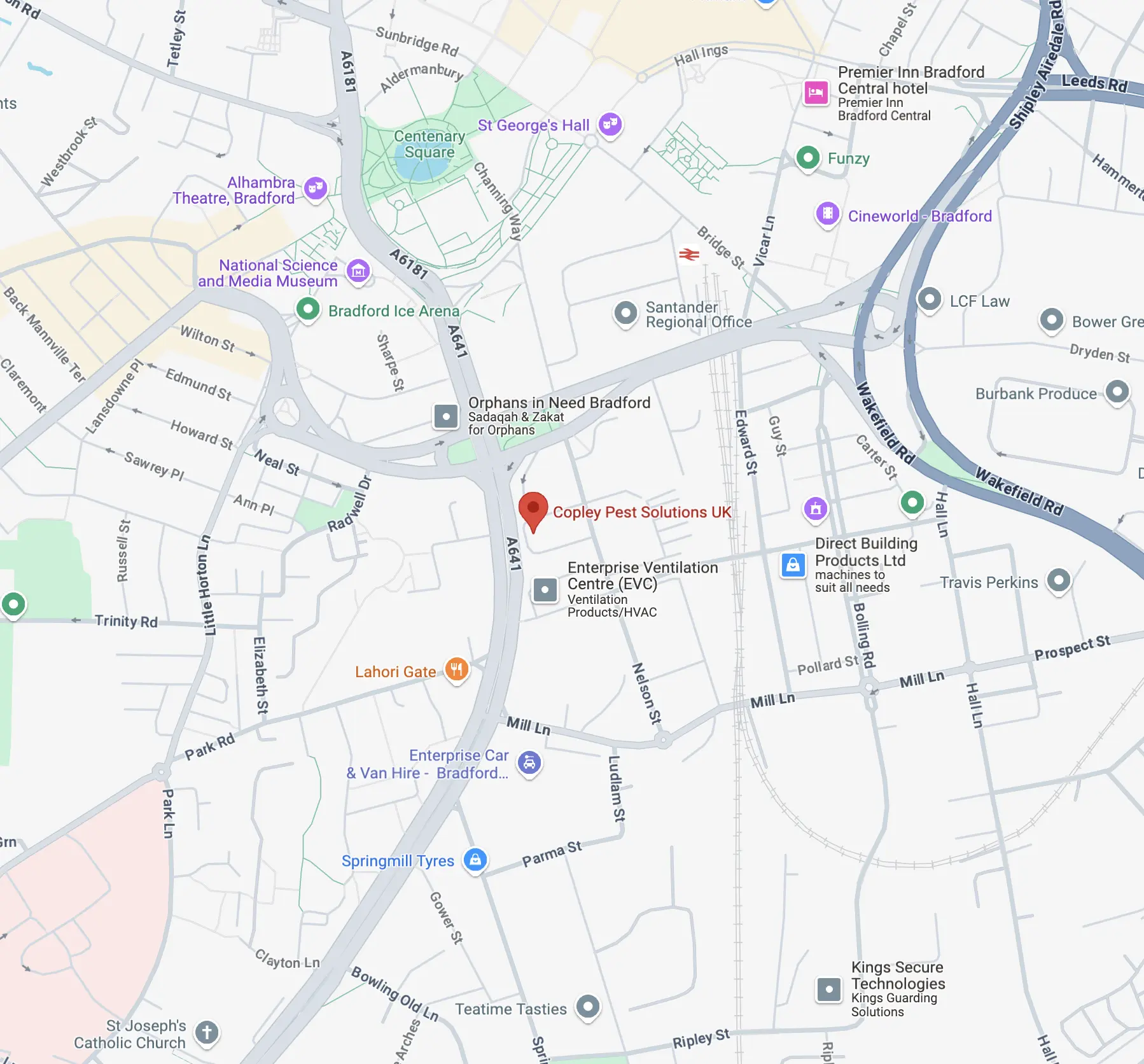
Textile Moth Control
Contact your local technician
It’s not uncommon to notice moths indoors during the course of the year, but sometimes professional assistance is needed to control a Moth infestation.
Unlike other insects, Moths don’t represent any threat to humans with regards to bacteria or viruses, but instead can cause significant damage to clothing and furniture. Both furniture and clothing are made of various fabrics, furs and material such as leather which are likely to be ruined by Moths. Carpets can also be added to the list. Moths are sometimes referred to as textile pests.
The damage starts at the larval stage, where this species will feed off the keratin found within natural fibres (of textiles such as wool, fur, silk etc) in order to survive and grow into their adult form.
If left to thrive, the Moths can cause irreversible damage to textile products such as carpets and clothing. The damage only increases exponentially as the moths increase in number.

4 types of Moth that can target your home:
- Common clothes Moth
- Brown-house Moth
- White-shouldered house Moth
- Case-bearing clothes Moth
How to spot signs of Moths
- Holes in materials such as clothing or fabrics may indicate fabric has come into contact with a common clothes Moth.
- Look for signs of damage in carpets at the corners of the room and along edges, in stored clothing, and in other places not readily accessible.
- Adult moth: one that crawls, rather than flies, can indicate Moth infestation in your property. Adult moths do not feed on fabrics but may be seen in darkened corners at night.
- Examine wardrobes and drawers for signs of maggot-like larvae (which are moth caterpillars). Keep an eye out for silken tubes and cases, which larvae live in, as well as silk cocoons known as pupae.
- Wool, leather and feathers are likely to be targeted by brown-house Moths.
- As for white-shouldered house Moths, they feed on a variety of food.
It’s important to differentiate between the varieties of Moths to know how best to deal with them.
It is important to avoid conditions suitable for moths:
- Keep all wardrobes and clothing areas aired.
- All affected clothing should be thoroughly cleaned.
- Regular inspections of clothing should be done, looking for holes, larvae etc.
- Frequent use of a vacuum cleaner, in wardrobes, storage cupboards and carpets can also help to reduce population numbers. Please always remember, after using a vacuum, to remove the collection bag and dispose of it in an outside bin.
- Clothes, fabrics, and linens that are not in regular use, should be stored in a sealed bag or wrapped in plastic.
- Where old bird’s nests are present they should be removed and destroyed.
- Where necessary a residual insecticide can be applied to wall/floor and ceiling floor junctions and around carpet edges.
- If adult moth numbers are high a one-shot aerosol, smoke generator, or ULV treatment can be used as a quick knockdown.














